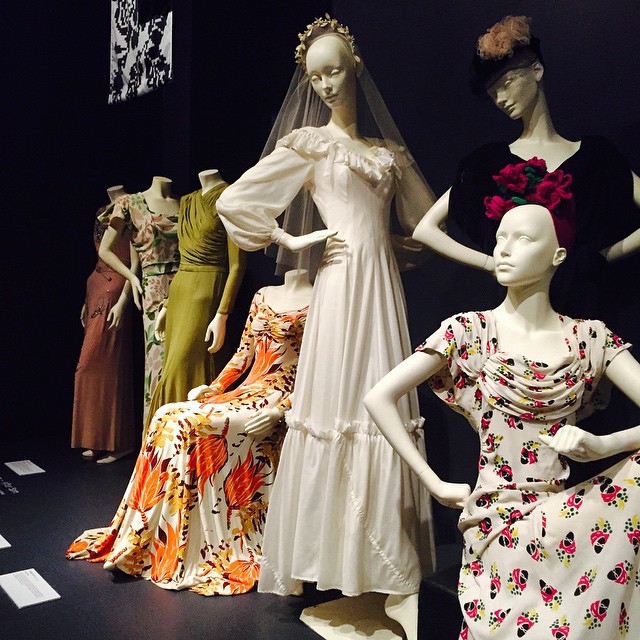World War II created challenges not only for the ones fighting on the front lines but also for those who stayed at home. One of the biggest was limited resources, meaning people had to do without many things for the sake of victory.
Once the war was over, returning to a normal life was not an easy task, especially when one considers how devastating the war years were. Rationing was still in place in the years that followed the war, and people had to be careful to use their money wisely, because the cost of almost everything had risen.
Fabric was so expensive that a great number of women simply weren’t able to afford a decent wedding dress, and many of them had to improvise with materials. In many cases, their inventiveness went beyond expectations and such is the case with the beautiful wedding gowns made out of parachute silk.
What wedding attire was #ontrend around World War II? The parachute wedding dress. We have 2 in our @amhistorymuseum https://t.co/0lf464Se5q pic.twitter.com/Sf846ioT1f
— Smithsonian (@smithsonian) June 12, 2017
A number of dresses made from parachute silk are housed and exhibited at numerous museums, including the Victoria and Albert Museum in London, the Smithsonian Institution in Washington, D.C., the Don F. Pratt Museum in Fort Campbell, Kentucky, and the Imperial War Museum in London.
Mend and make do – wedding dress made out of a parachute- #museum of the Second World War #Gdansk #Poland #History #traveltips #travel #WW2 pic.twitter.com/wU38u0bECh
— Helen Soteriou (@helenin140) June 5, 2017
Luxuries were thin on the ground during and after World War II. When silk became a “military issue” and the price of the material went up, the only silk available could be a groom’s parachute, and if it wasn’t damaged, it could eventually be transformed into a stunning wedding gown.

Due to the fact that it was fire resistant, strong, lightweight and easy to pack, silk was among the best fabrics for making parachutes. The color of the parachutes was white, probably because the cost to change it was considered prohibitive or due to camouflage reasons.
Combine the characteristics of the silk with the color of the parachutes used during World War II and a perfect wedding dress appears. The groom would give his parachute (in many cases the one that saved his life) to his bride so she could make a dress for the big occasion.
But what if the groom was not part of the parachute unit? World War II veteran Ted Zimmerman has the answer to this question.
Zimmerman met his wife, Jackie, in Brussels during World War II and about a year later the couple decided to get married. However, there was a small problem facing them: Jackie couldn’t find the supplies she needed to make a wedding dress. Luckily, Zimmerman knew a few soldiers in the parachute unit, and as he told KTVB, he took a bottle of whiskey and traded it for white material.
The two got married in 1946 and in 2016 they celebrated their 70th wedding anniversary. The couple donated Jackie’s parachute wedding dress to the World War II History Museum in New Orleans.
Parachute manufacturers in the United States began using nylon fabric by the end of the war, because they were unable to import silk from Japan. After the war, many brides made their white wedding dresses from repurposed nylon parachutes.
#weddingwednesday New Hampshire sergeant marries French bride in a #parachute #wedding dresshttps://t.co/mGKX3p0gMj pic.twitter.com/U67k7dnPw4
— Kimberly Alexander (@SilkDamask) August 17, 2016
Among the most heartwarming stories of a wedding gown made from nylon parachute is the one of Claude and Ruth Hensinger. Instead of a ring, Major Claude Hensinger used the nylon parachute that saved his life during World War II to propose to Ruth. He told her that it was the parachute that saved his life and asked her to make a wedding gown out of it. Ruth made the skirt herself and hired Hilda Buck, a local seamstress, to make the bodice and veil.
Related story from us: 150-year-old lost wedding dress is found after an online appeal goes viral
All the finest silks in the world could not replace her wedding dress made from the repurposed nylon parachute that saved the life of her future husband.
